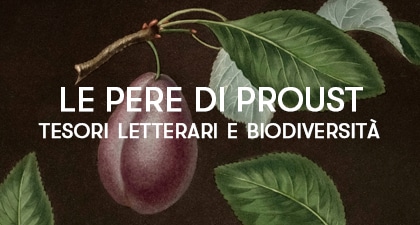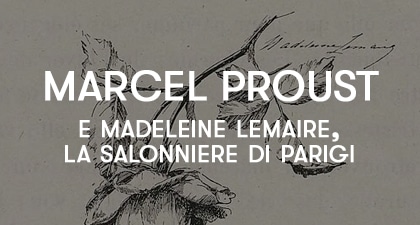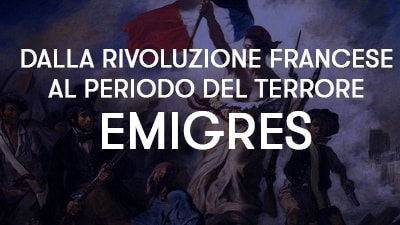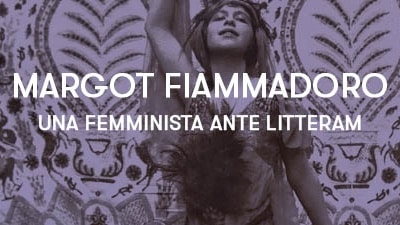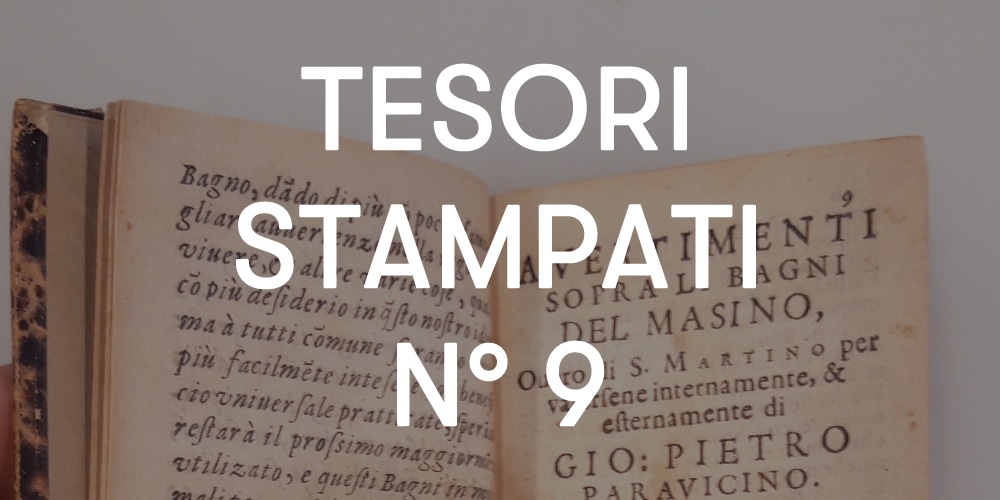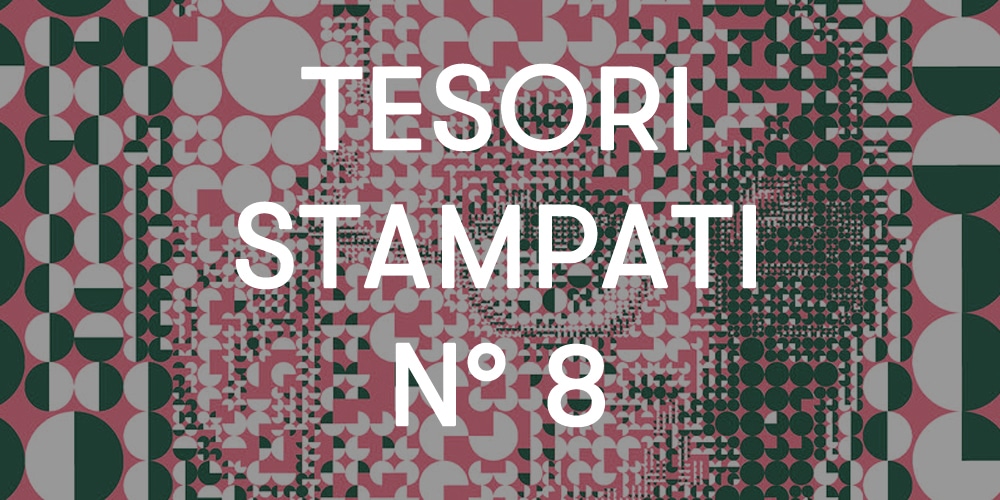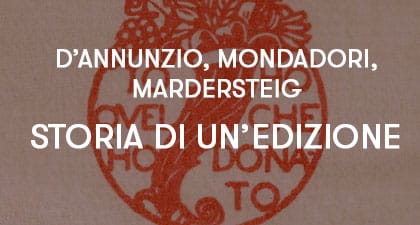
Which 20th-century author could accept the project of a living tribute with the creation of a custom “National Institute for the Edition of All Works” and the publication of his complete works in an exclusive edition with limited print runs? Obviously, only Gabriele D’Annunzio, a venture that aligns with the contemporary concept of that mausoleum in life, the Vittoriale of Gardone.
The Proposal by Arnoldo Mondadori
The grand project was conceived by Arnoldo Mondadori in the early 1920s: an emerging publisher, he saw securing the works of the Vate as a major opportunity for definitive recognition among the most influential publishers in Italy.
D’Annunzio had recently suffered a failure with the Fiume expedition; he was tired, sick, and had just embarked on the great dream of the Vittoriale: the purchase of the Villa of Cargnacco in 1921 and the beginning of renovation works, which required large capital, not to mention the poet’s not-so-sober lifestyle.
Therefore, Mondadori’s proposal came at the right moment: in addition to the promise of princely advances and enormous profits, the idea of an editorial monument to immortalize his fame after the disappointments of his political efforts struck the right chords in the poet’s heart.
It took 5 years to terminate the decade-long relationship with the Treves publisher, but by June 1926, the National Institute for the Edition of All Works of D’Annunzio was established, patronized by Vittorio Emanuele III & with honorary president Benito Mussolini, and the venture began.
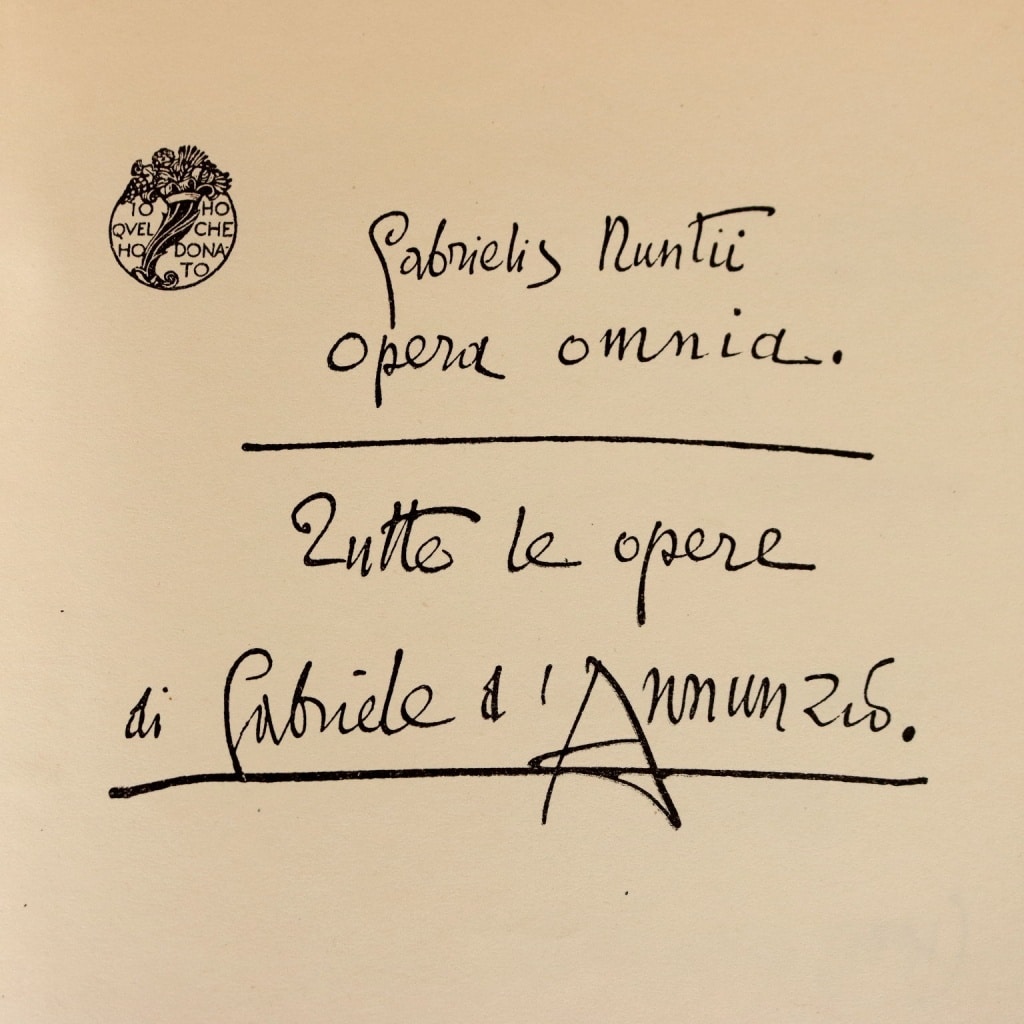
The Development of the Project
D’Annunzio himself wrote the plan for the work, which was published, as often happens, by printing the facsimile of the manuscript (and it is worth mentioning an editorial incident related to this volume of the Program printed in 1927: the first fifty copies brought by Mondadori to the Vittoriale on the solstice day contained a serious error: the list of works omitted La Nave. We know of D’Annunzio’s fury from his fiery letters to the publisher, but we also know that this typo delighted the lucky collectors of this “Gronchi rosa” of literature).
The edition will consist of 2501 copies on handmade tissue paper from the Cartiere Pietro Miliani of Fabriano, with a watermark containing the most famous D’Annunzian motto, “I have what I have given” enclosed in the cornucopia; 209 copies printed on imperial Japanese paper using a press, 6 copies printed on parchment, out of series, of works indicated by the author, and finally only 3 copies printed on parchment and bound in full morocco destined for the King, Mussolini, and D’Annunzio himself.
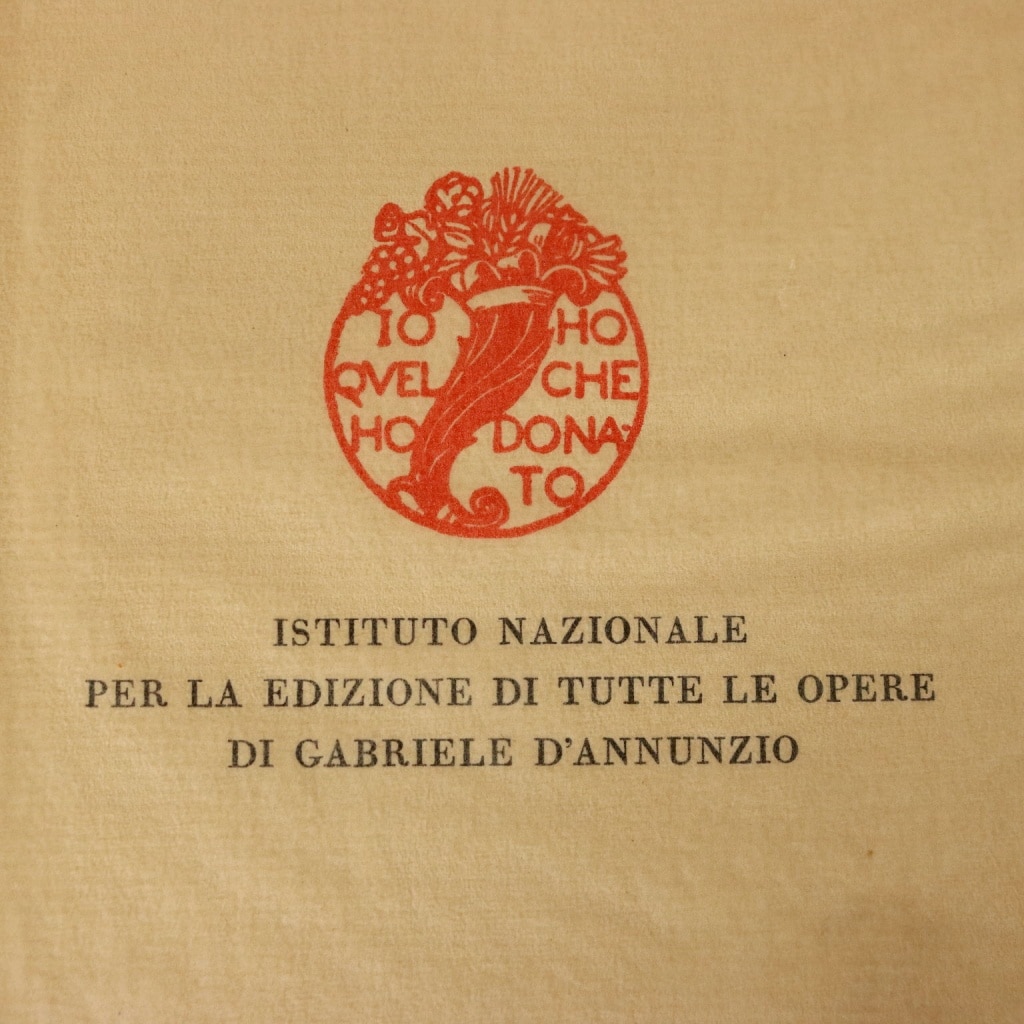
The Printing Phase
But who would be the printer up to this task? Initially, the most likely candidate seemed to be Raffaello Bertieri, one of the most famous Italian typographers of the time, but, thanks in part to the mediation of Francesco Pastonchi, curator of the work, the final choice fell on Hans Mardersteig, the legendary founder of the Officina Bodoni in 1922 in Montagnola, Switzerland, and promoter of the revival of the Bodoni typefaces that had already convinced D’Annunzio’s aesthetic taste, when he wrote in a telegram to the publisher: “The question of the Bodoni typefaces is worth meditating upon. It is not worth using common typefaces. I want those of Shakespeare’s The Tempest,” referring to the magnificent The Tempest printed by Mardersteig on the press in 1924.
After a sort of fictitious competition (this is Italy…), the work was assigned to the German printer; this was his opportunity to move his enterprise to Italy, not to Florence, as he had planned, but to Verona, where Mondadori was based: Mondadori purchased all the material from the Officina Bodoni for 60,000 Swiss francs, had the Bodoni matrices re-engraved to adapt them for machine printing, and the work began in the Verona workshops.
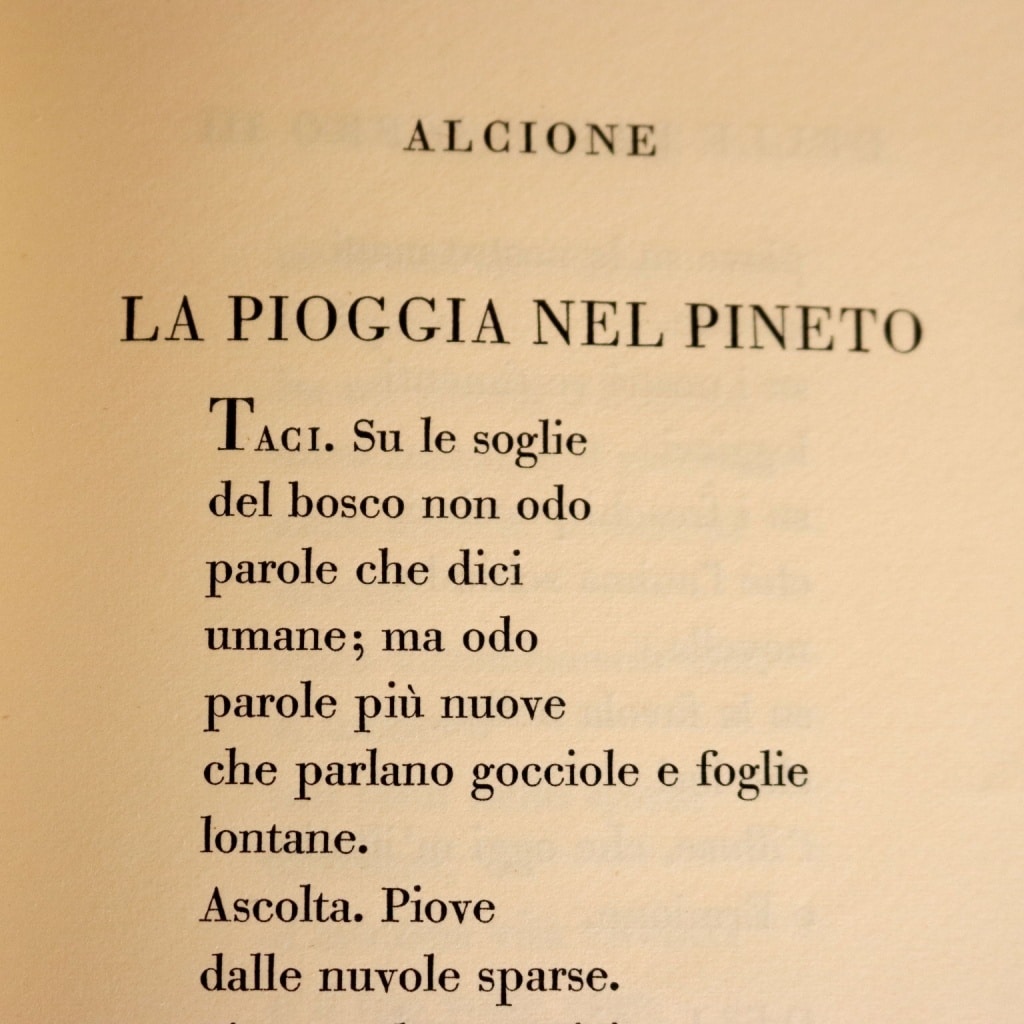
A Decade-Long Venture
It took a decade to complete the venture. In 1937: 49 volumes in -8 format, printed with the unmistakable clarity and elegance of Mardersteig’s typefaces, volumes that our customers can find in our online bookstore and admire, in the copy numbered 2403, during the event dedicated to Countess Margot Besozzi of Castelbesozzo, D’Annunzio’s lover with the nickname Fiammadoro in Fiume and a faithful friend until the poet’s death in 1938.
And alongside the monumental D’Annunzian work, a small but precious booklet published by Mardersteig during the legendary years in Montagnola: An Excerpt from A Sentimental Journey by Laurence Sterne, “one of twenty-five copies printed by hand in the month of May 1926 at the Officina Bodoni, Montagnola Switzerland,” in its original binding in marbled cardboard. A proof of the Cuneo typeface recreated from Bodoni’s original punches “here used for the first time since his death” as indicated in the colophon. A unique opportunity for all bibliophile enthusiasts.
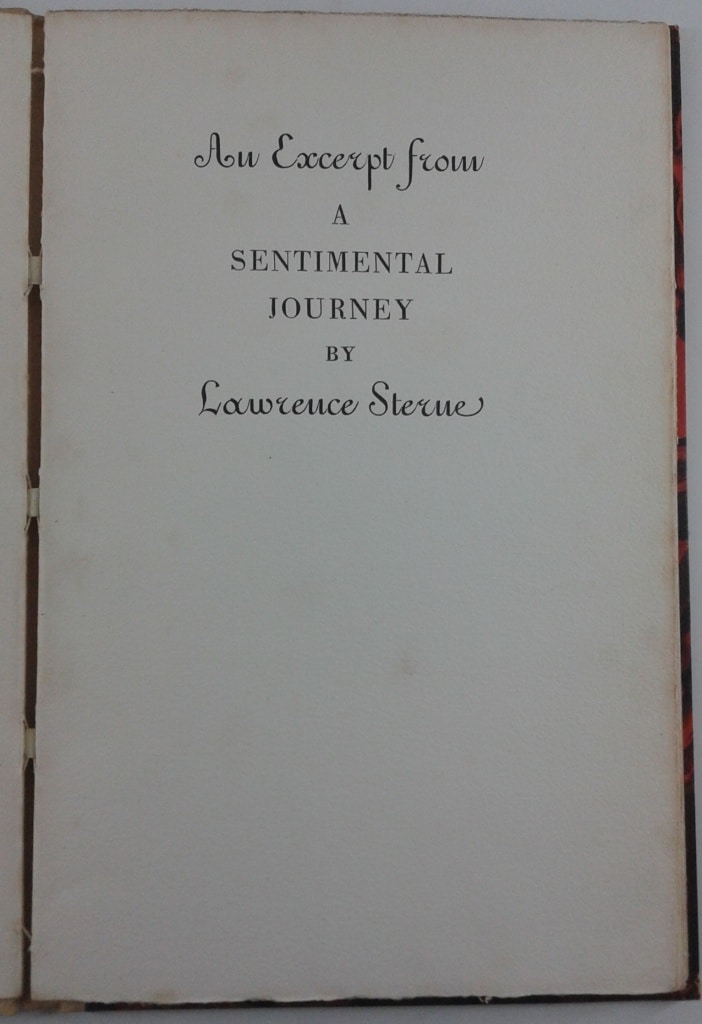
The Book Fair
We look forward to seeing you until February 9 at our Cambiago location, to explore the precious books from her library, the dedications, and the photos, and meet the fascinating Fiammadoro and the beloved Poet in his “monumentum aere perennius”.
- Tuesday, February 7, from 3:00 PM to 7:00 PM
- Thursday, February 9, from 3:00 PM to 7:00 PM


